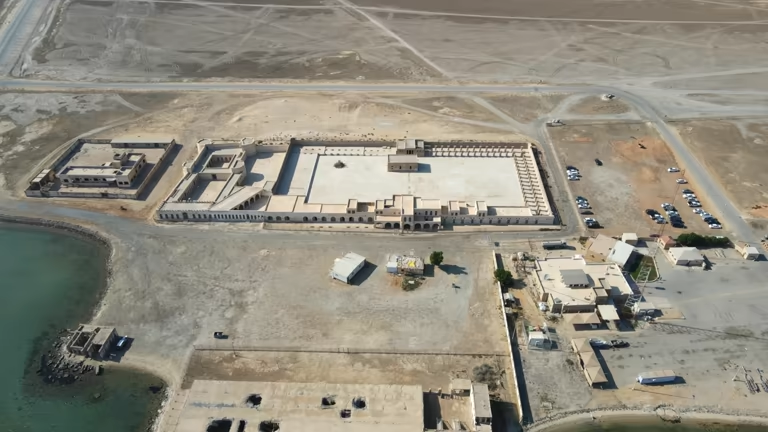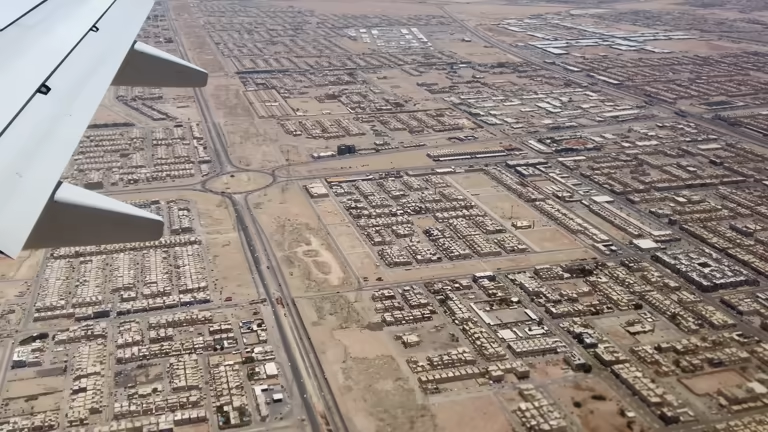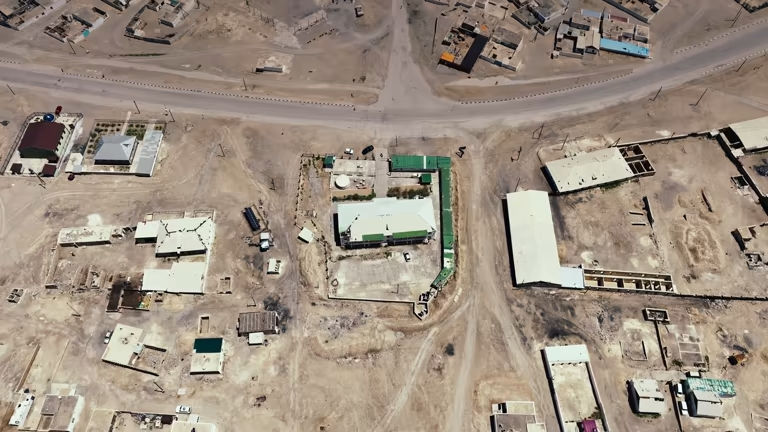Al Udeid Air Base, located in Qatar, is once again making headlines amid escalating geopolitical tensions in the Middle East. Known as one of the largest U.S. Military installations in the region, the base has become a focal point for recent developments involving American, Israeli, and Iranian military strategies. As global powers reassess their security architecture in the Persian Gulf, Al Udeid’s role is expanding beyond a traditional base, emerging as a linchpin of deterrence, surveillance, and rapid deployment.

What is Al Udeid Air Base?
Al Udeid Air Base is a military installation situated southwest of Doha, the capital of Qatar. Originally built in the 1990s by the Qatari government, it gained strategic importance post-9/11, especially after the U.S. began large-scale operations in Afghanistan and Iraq. Today, the base hosts over 10,000 U.S. and coalition personnel and serves as the headquarters for U.S. Central Command’s (CENTCOM) forward operations.
Key features include:
-
A 12,000-foot runway capable of handling the largest aircraft.
-
Command centers for air operations across the Middle East.
-
Housing facilities, hangars, and logistics hubs.
Why Al Udeid Air Base is in the News:
1. Rising Tensions in the Middle East
In 2025, escalating tensions between Iran and Israel, especially after missile strikes and cross-border drone warfare, have brought Al Udeid into sharp focus. The U.S. has increased its operational alertness, conducting air patrols and monitoring Iranian movements via intelligence gathered from this base.
2. U.S. Military Buildup
Amid fears of a broader regional conflict, the Pentagon has reportedly begun relocating additional air defense systems, surveillance aircraft, and refueling tankers to Al Udeid. This buildup is seen as both a precautionary measure and a demonstration of strength to deter Iranian aggression.
3. Airstrikes and Surveillance Missions
Recent media reports confirm that several reconnaissance and support flights launched against Iranian-backed militias in Iraq and Syria originated from Al Udeid. Drones and fighter jets stationed here are routinely used for operations in the Red Sea, Iraq, and Yemen.
4. Host-Nation Politics and Military Diplomacy
Qatar’s unique diplomatic position—maintaining ties with the U.S., Iran, and Hamas—makes Al Udeid a delicate balancing act. Qatar has reassured the global community that it supports defensive operations from the base but does not wish to be drawn into regional conflicts.
Strategic Importance of Al Udeid Air Base:
1. Operational Hub for CENTCOM
Al Udeid serves as the de facto command post for all U.S. air missions in the Middle East, managing a wide range of operations from reconnaissance to airstrikes across multiple conflict zones.
2. Forward Logistics and Refueling
With refueling tankers and cargo aircraft stationed at Al Udeid, the U.S. military can extend its operational reach throughout the Persian Gulf, the Horn of Africa, and Central Asia.
3. Intelligence and Surveillance
The base houses advanced radar and surveillance infrastructure, including AWACS and drones, making it a central hub for real-time intelligence gathering in volatile regions like the Strait of Hormuz, Syria, and Iraq.
Controversies and Challenges:
1. Civilian Backlash in Qatar
Though the base provides economic benefits, some factions in Qatar criticize its use for offensive operations, especially during high-profile bombing campaigns in Gaza or Yemen, leading to political pressure on the Qatari government.
2. Drone Warfare and Civilian Casualties
Operations launched from Al Udeid have occasionally led to allegations of civilian deaths in Yemen and Iraq, sparking criticism from international human rights organizations.
3. Dependence and Sovereignty
Some Arab states argue that Qatar’s hosting of a massive U.S. base limits its sovereignty and independent foreign policy, while others see it as a necessary partnership for regional stability.

Global Implications:
With NATO allies also occasionally operating from Al Udeid, the base has broader implications for Western military posture in Asia and Africa. As U.S.-China competition expands, bases like Al Udeid could become vital for projecting power not just in the Middle East but along critical global chokepoints such as the Suez Canal and Bab el-Mandeb Strait.
Additionally, the recent conflict in Gaza and Israel’s broader military posture have drawn renewed scrutiny to U.S. bases in the region, especially when Washington is called upon to mediate or intervene diplomatically.
Al Udeid Air Base is no longer just a military outpost—it’s a strategic nerve center at the heart of U.S. operations in one of the world’s most volatile regions. As tensions continue to rise across the Middle East, the base will likely remain in the spotlight for its role in deterrence, surveillance, and rapid military response. For both Qatar and the United States, Al Udeid represents a complex mix of military utility, diplomatic sensitivity, and regional power dynamics, underscoring why it continues to make headlines in 2025.
ऐसे और भी एक्सप्लेनर लेखों के लिए हमारे साथ जुड़े रहें! Khabari bandhu पर पढ़ें देश-दुनिया की ताज़ा ख़बरें — बिज़नेस, एजुकेशन, मनोरंजन, धर्म, क्रिकेट, राशिफल और भी बहुत कुछ।
Why Iran Attacked a US Military Base: Full Report with Historical Background

